I still love America. And here's why.
An eyes-wide-open tribute to 25 decades of overcoming tragedy, surmounting shortcomings, reveling in accomplishments and standing up for what's right. America is now at a crossroads.
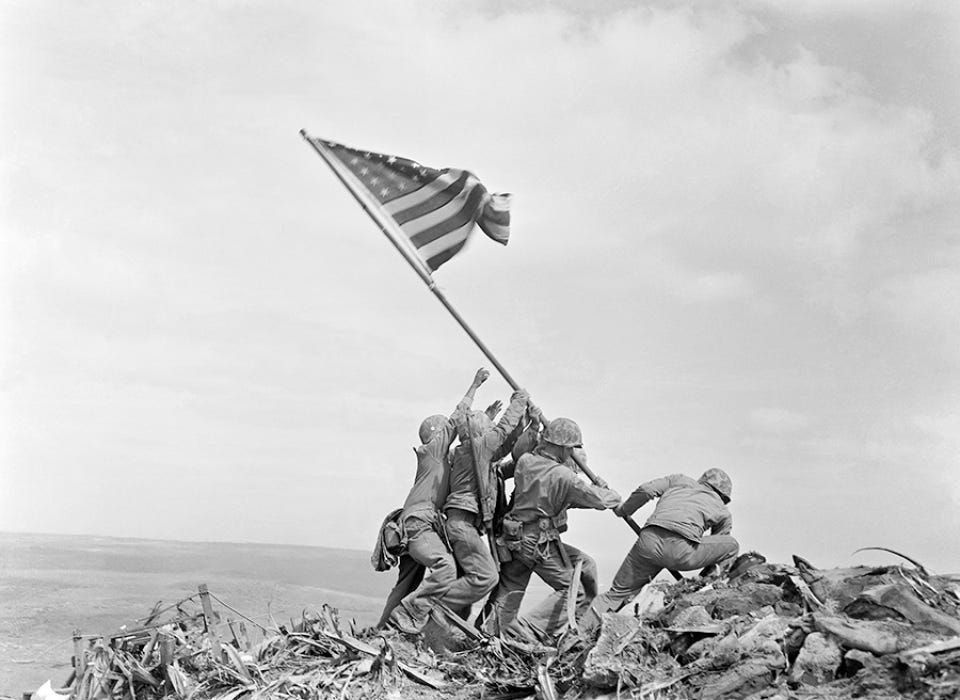
Thank you to readers of “In This Moment,” and in particular those who have shown their faith in my work with paid subscriptions. Don’t forget that all paid subscribers get access to the new audiobook version of my book, Mensch-Marks: Life Lessons of a Human Rabbi. Whether paid or free, please make sure to let your friends and family know about this Substack!
While you are reading this, play your favorites from this Spotify Protest Song playlist to set the mood…
Or just play this on a loop.
There have been times when America was great.
Great enough to rise to its greatest challenges
And recognize its greatest faults.
And correct them.
We’ve done it again and again.
Through the decades.
“And to the Republic - for which it stands.”
For which WE stand.
All we need to do is to stand up -
And stand together
For the values that have shaped us
For what we believe in.
Let’s journey back together, to explore the roots of American greatness.
Which is embedded in her goodness.
To make America Great - and Good - Again
America is great because she is good. If America ceases to be good, America will cease to be great." - Alexis de Tocqueville
250 years ago, in 1775
The American Revolution began.
In Lexington and Concord - and Bunker Hill,
Where American patriots, including several enslaved and free African Americans, gathered to fight the British army in Charlestown.
Defeated there but not demoralized, they regrouped and became the nucleus of the Continental Army.
The British evacuated Boston exactly nine months later, on March 17, 1776.
What seemed lost was eventually won.
And that’s how it’s been for America ever since.
We come together to overcome the greatest challenges.
That’s what’s made us great.
A decade later, in 1785…
James Madison vocally opposed a Virginia bill providing tax money for religious education.
He asserted that religion should not be forced on people, and that state support corrupted religion.
Government properly limited, rather, would promote a civil society in which people of different faiths could maintain their beliefs according to their own consciences.
Madison’s side won the debate and the bill did not pass. Soon the Bill of Rights would enshrine religious equality into law.
America’s greatness comes from having the freedom to be who you want to be.
In 1795…
Having put down the Whiskey Rebellion in late 1794, George Washington was able to protect what he termed "the blessings of that Revolution which, at much expense of blood & treasure, constituted us a free and independent nation."
The Pennsylvania farmers who instigated this first great challenge for the newborn republic were no match for Washington’s 13,000 troops, the rebellion was put down.
While some of its leaders were convicted of treason, the perpetrators were all eventually pardoned by Presidents Washington and Adams.
America came together to affirm the potency of centralized federal government.
The power of reconciliation and forgiveness.
And most important to the greatness of America,
The rule of law.
1n 1805…
As Lewis and Clark journey westward, President Jefferson sent them off with these instructions:
"In all your intercourse with the natives treat them in the most friendly & conciliatory manner which their own conduct will admit; allay all jealousies as to the object of your journey, satisfy them of it’s innocence, make them acquainted with the position, extent, character, peaceable & commercial dispositions of the U.S., of our wish to be neighborly, friendly & useful to them, & of our dispositions to a commercial intercourse with them; confer with them on the points most convenient as mutual emporiums, & the articles of most desirable interchange for them & us.”
Jefferson’s views on Native Americans were complicated.
But the Lewis and Clark expedition, with its emphasis on gift exchange and “tokens of friendship,” set a positive tone.
The encounters they had with some 50 tribes along the way, ranged from peaceful to occasionally more hostile.
We know that things would get much worse.
But it didn’t have to turn out that way.
“The spirit of neighbor helping neighbor flows like a deep and mighty river through the history of our Nation.” - Ronald Reagan, 1984
In 1815…
A chasm was opening in the United States, between those states promoting slavery and those opposing it.
Some states, like New York, had taken steps to eliminate slavery.
New York adopted gradual emancipation, “decreeing that slaves born after the Fourth of July 1799 should become free at age twenty-eight (for males) or twenty-five (for females).”
Some slave revolts occurred that year, including the George Boxley Revolt.
This abolitionist and former slaveholder tried to organize enslaved people to attack and take over Fredericksburg and Richmond, Virginia.
The plan was foiled.
Enslaved persons in Virginia would not know freedom for another half century.
But the seeds of resistance had been sown.
“Over time I’ve trained myself to take the long view, about how important it is to stay focused on your goals rather than getting hung up on the daily ups and downs.” ―Barack Obama
In 1825, 200 years ago…
The first women's-only union in America is formed, the United Tailoresses of New York.
The union raised awareness of the poor conditions faced by textile workers at the time and blamed their strife on the system of male dominance in factories.
A women’s union? In 1825?
Nearly a century before women got the vote?
Twenty three years before Seneca Falls, the first women’s rights convention.
I’m not sure whether to cry or cheer about that.
But what matters is that a women’s union happened first in America.
Another reason why America can be Great.
Again.
“I have a firm belief in the ability and power of women to achieve the things they want to achieve.” - Eleanor Roosevelt, 1941
In 1835…
A time of churning conscience.
Rioting over slavery and abolitionism in Boston, Utica and Charleston.
And in Washington, a group of white men attacked a Black-owned restaurant in what became known as the Snow Riot of August 11 - “Snow” being the owner, Beverly Snow.
It touched off several days of mob violence against free Blacks, quelled only when President Andrew Jackson intervened.
Even for those who are free, the obstacles to success are sometimes insurmountable for minorities.
They are…what’s that word?…built into the system. Oh yes. Systemic.
No worries. Beverly Randolph Snow was able to escape the rioters with his wife and they opened successful restaurants.
…In Toronto, Canada.
“I had always hoped that this land might become a safe and agreeable asylum to the virtuous and persecuted part of mankind, to whatever nation they might belong.” - George Washington
In 1845…
America’s adolescence. The term “Manifest Destiny” was coined that year by journalist John L. O'Sullivan.
Bursting with idealism and possibility.
And burdened by those unchanging chains.
173 Unitarian ministers protested American slavery.
And James Russell Lowell wrote The Present Crisis, a poem protesting the proposed annexation of Texas as a slave state.
The poem became very popular and the name was later incorporated by the NAACP as it’s magazine.
An excerpt:
Once to every man and nation comes the moment to decide,
In the strife of Truth with Falsehood, for the good or evil side;
Some great cause, God's new Messiah, offering each the bloom or blight,
Parts the goats upon the left hand, and the sheep upon the right,
And the choice goes by forever 'twixt that darkness and that light….New occasions teach new duties; Time makes ancient good uncouth;
They must upward still, and onward, who would keep abreast of Truth;
Lo, before us gleam her camp-fires! we ourselves must Pilgrims be,
Launch our Mayflower, and steer boldly through the desperate winter sea,
Nor attempt the Future's portal with the Past's blood-rusted key.
On February 11, 2021, an excerpt from The Present Crisis was quoted by Dr. Barry Black as part of the opening prayer at the second impeachment trial of Donald Trump.
A key moment of American history that Trump wants stricken from the historical record at the Smithsonian.
So in case it suddenly disappears from the Smithsonian site (which one must assume will happen since Trump’s impeachments are being scrubbed from history), here’s proof:
Rev. Black wondered whether things had to be so black and white. Is truth so certain? Is falsehood so absolute?
Perhaps not, but things are worse now than in 2021.
We must stand up.
In 1855…
Nativism (“Bloody Monday” riots in Louisville, where Know-Nothing Party-led Protestant mob attacked immigrant Irish and German Catholic neighborhoods) = and slavery (“Bleeding Kansas” riots) alternated as causes of civil strife.
1855 was also the year of Whitman’s first edition of Leaves of Grass.
In I Sing the Body Electric, Whitman responds to the narrow-mindedness he sees around him with a paroxysm of love.
The man’s body is sacred and the woman’s body is sacred,
No matter who it is, it is sacred—is it the meanest one in the laborers’ gang?
Is it one of the dull-faced immigrants just landed on the wharf?
Each belongs here or anywhere just as much as the well-off, just as much as you,
Each has his or her place in the procession.
A woman’s body at auction,
She too is not only herself, she is the teeming mother of mothers,
She is the bearer of them that shall grow and be mates to the mothers.
Have you ever loved the body of a woman?
Have you ever loved the body of a man?
Do you not see that these are exactly the same to all in all nations and times all over the earth?If any thing is sacred the human body is sacred
And in 1855, with Civil War tensions already bubbling up to the surface, Abraham Lincoln, building his reputation, expressed his moral sensitivity as well as his keen sarcasm, in several personal correspondences. He wrote:
On the question of liberty, as a principle, we are not what we have been. When we were the political slaves of King George, and wanted to be free, we called the maxim that “all men are created equal” a self evident truth; but now when we have grown fat, and have lost all dread of being slaves ourselves, we have become so greedy to be masters that we call the same maxim “a self evident lie.” The fourth of July has not quite dwindled away; it is still a great day–for burning fire-crackers!!!
America is great because it honors the sanctity of the human being, body and soul.
“All human beings are born free and equal in dignity and rights" - Universal Declaration of Human Rights, 1948
In 1865…
Americans came together to end a cataclysmic war and save what had been ripped asunder.
By forces of greed and racism.
And saved the union, and the idea of democracy.
Even though still an imperfect democracy.
It was saved.
From Lincoln’s Second Inaugural Address (1865):
“Both parties deprecated war, but one of them would make war rather than let the nation survive, and the other would accept war rather than let it perish. And the war came.
…With malice toward none, with charity for all, with firmness in the right as God gives us to see the right, let us strive on to finish the work we are in, to bind up the nation’s wounds…”
Lincoln could have compassion for the vanquished without falling victim to bothsidesism.
No malice.
But no moral equivalence either.
Not all parties are the same.
Some want to tear it all down. Some want to fight to save it.
They are not the same.
In 1875…
The Civil Rights Act of 1875 was passed, guaranteeing equal access to public accommodations. The bill guaranteed all citizens, regardless of color, access to theatres, public schools, churches, and cemeteries.
Until the Supreme Court declared the law unconstitutional in 1883.
Paving the way for Plessy v. Ferguson in 1896.
And “separate but equal” became the law of the land.
Meanwhile, back in 1875:
Next time you drive through Hinds County, Mississippi, check and see.
Has this marker been removed yet?
In 1885…
The year 1885 was a time of social and economic upheaval, marked by labor unrest, racial tensions, and new social movements seeking greater equality.
In 1885, members of the Knights of Labor went out on strike against railroad financier Jay Gould and won. Their success helped balloon the organization’s membership from 110,000 in 1885 to 720,000 by July 1886.
In Baltimore, On June 22, Rev. Harvey Johnson invited five Baptist ministers to his home at 775 W. Lexington Street. The group hoped to turn the promise of the Fourteenth Amendment, which granted equal protection under the law, into a better life for their Black congregants, families, and neighbors. To achieve this goal, they established the Mutual United Brotherhood of Liberty and declared their mission “to use all legal means within our power to procure and maintain our rights as citizens of this our common country.”
There were also protests against the ill treatment of Chinese (See the open letter below, before it is removed from the Library of Congress website)
“The greatness of America lies not in being more enlightened than any other nation, but rather in her ability to repair her faults.” - Alexis de Tocqueville
In 1895…
“America the Beautiful” was published and the first game of American football was played.
So the year couldn’t have been all bad!
But this was also the year of the “Atlanta Compromise.”
Booker T. Washington called for Southern Blacks to temporarily refrain from campaigning for equal rights, including the right to vote. In return, he advocated that Blacks would receive basic legal protections, access to property ownership, employment opportunities, and vocational and industrial education.
It did not end segregation, nor produce equal rights for Southern blacks.
W.E.B. Du Bois said, “Mr. Washington represents in Negro thought the old attitude of adjustment and submission... [His] program practically accepts the alleged inferiority of the Negro races."
Memo to college presidents, law firm and corporate execs and media moguls: ACCOMMODATION TO AUTOCRACY DOES NOT WORK!
Do not obey in advance. Most of the power of authoritarianism is freely given. In times like these, individuals think ahead about what a more repressive government will want, and then offer themselves without being asked. A citizen who adapts in this way is teaching power what it can do - From Timothy Snyder’s On Tyranny
They do not compromise with evil, and walk only in God’s paths.- Psalm 119
In 1905…
In the century's first decade over 9 million new arrivals - almost three times the number of the previous decade - entered the United States.
Sadie Frowne was typical of this new wave of immigration. She was thirteen when she arrived in 1905 with her mother. They had left their native Poland after the death of Sadie's father and the failure of the small grocery store that provided them a living. The two made their way to America with the help of Sadie's Aunt Fanny who lived in New York City. Sadie's mother soon died and Sadie was left on her own, first finding a job in what she describes as a "sweatshop" in Manhattan's Garment District and then in the Brownsville section of Brooklyn.
Sadie told her story to a journalist just three years after her arrival in America. It was first published as a newspaper article and later with other autobiographies as a book.
Here she describes her work in the sweatshop:
The machines go like mad all day, because the faster you work the more money you get. Sometimes in my haste I get my finger caught and the needle goes right through it. It goes so quick, though, that it does not hurt much. I bind the finger up with a piece of cotton and go on working. We all have accidents like that. Where the needle goes through the nail it makes a sore finger, or where it splinters a bone it does much harm. Sometimes a finger has to come off. Generally, though, one can be cured by a salve.
All the time we are working the boss walks about examining the finished garments and making us do them over again if they are not just right. So we have to be careful as well as swift. But I am getting so good at the work that within a year I will be making $7 a week, and then I can save at least $3.50 a week. I have over $200 saved now.
But despite the hardship, Sadie believes in the promise of America:
I have been to the fortune teller's three or four times, and she always tells me that though I have had such a lot of trouble I am to be very rich and happy. I believe her because she has told me so many things that have come true.
So I will keep on working in the factory for a time. Of course it is hard, but I would have to work hard even if I was married.
An immigrant who doesn’t eat dogs and cats?
Who knew!
What makes America great?
The gleam of hope in the eyes of our newest immigrants.
“Once I thought to write a history of the immigrants in America. Then I discovered that the immigrants were American history.” Oscar Handlin, The Uprooted
In 1915…
The women's suffrage movement mobilized on October 23 for its most ambitious gathering to date, a parade of thousands to force the issue into the consciousness of New Yorkers and American at large.
“Old women, as old as suffrage, marched. Often beside them were little girls barely in their teens. And there were even tiny babies in carts, making their appeal for their mothers’ votes.
There was little applause all along the route for the women marchers. But this was not strange, for it could be seen that the spirit of the parade had made itself felt on the sidewalks. It was no laughing matter, this parade. The women in it did not smile or giggle. They were serious and determined. And this mental characteristic was contagious.”
— New York Tribune, October 24.
People love a parade, and causes love a crowd.
See this list of protests and demonstrations in the United States by size.
Two of the top ten protests of all time…
…were in the past five months!!
And more than half of the top ten largest protests in American history
Have occurred during Trump’s presidency.
Strength in numbers.
A message from Ezra Levin of Indivisible:
In 1925…
At the end of May, a deeply troubled W.E.B. Du Bois boarded a train to visit Fisk University in Nashville, Tennessee, his alma mater, fueling student protests against strong armed administration practices to suppress resistance to Jim Crow laws.
This led to a broader movement across Black colleges and universities, influencing the development of student activism and the push for greater representation in college governance.
Meanwhile, in July, the Scopes Trial (parodied in The Onion headline below) challenged a Tennessee law forbidding the teaching of evolution. The circus-like atmosphere featured banners proclaiming “God Is Love,” “Read your BIBLE for a Week,” “You Need God in Your Business,” and “Where Will You Spend Eternity?”
The anti-evolution law was upheld but the U.S. Supreme Court later struck down a similar Arkansas law in Epperson v. Arkansas (1968), finding that it violated the establishment clause of the First Amendment, which states, "Congress shall make no law respecting an establishment of religion."
Protecting religious minorities and religious freedom.
It is part of what makes America different.
And Great.
And so, 100 years after Scopes, at a time when science, truth and religious diversity are under relentless attack, Project 2025 is favoring publicly funding private schools, including religious schools, that could teach children to doubt the existence of climate change, the persistence of racism and the theory of evolution. Michael Kazin, a Georgetown professor, has some recommendations for Democrats.
“Simply denouncing anti-intellectual views, harmful as they are, will not persuade those who hold them to change their minds…. If Democratic politicians proposed economic programs as ambitious as William Jennings Bryan’s to help the devout inhabitants of small-town America — and acknowledged, in their own way, the moral virtues in sacred texts — they might have a chance to break through to millions of people who now mistrust them.”
Moral virtues in sacred texts?
I’m good with that! Separate the secular and sacred - but at the same time, find a sacred calling in supposedly secular pursuits.
That is the source of American greatness.
“Half the wars of Europe, half the internal troubles that have vexed European states, have arisen from theological differences or from the rival claims of church and state. This whole vast chapter of debate and strife has remained virtually unopened in the United States.” - James Bryce, an Oxford University historian, 1893
In 1935…
This year marked the birth of Porky Pig and the death of Japan’s most famous dog, Hachiko the Akita, who waited daily for nine years at the train station for his deceased owner to return.
But FDR had a better idea for how Americans could live out their golden years, other than waiting by the train or muttering “Th…that’s all, folks!”
The Social Security Act of 1935.
FDR said, of one of his greatest accomplishments:
These three great objectives, the security of the home, the security of livelihood, and the security of social insurance--are, it seems to me, a minimum of the promise that we can offer to the American people. They constitute a right which belongs to every individual and every family willing to work. They are the essential fulfillment of measures already taken toward relief, recovery and reconstruction.
But 1935 was also year of unemployment protests and strikes, and the Harlem Riot in March, triggered by rumors that a Black teenager was beaten by employees at an S. H. Kress "five and dime" store for shoplifting.
It was called "the first manifestation of a 'modern' form of racial rioting," because it was directed primarily against property.
During the Depression, minorities were often the last ones hired and the first to be let go. Times were hard. But harder elsewhere.
In Germany later that year, the Nuremberg Race Laws were announced, and Jews, Roma and Blacks could no longer be full citizens of Germany.
Nor could they marry or have sexual relations with “people of German or related blood.”
These racist laws foreshadowed dark attitudes that have always lingered close to the surface in America, even as Civil Rights major victories. These hateful impulses were demonically stoked and brought out into the open again in the 2010s and 20s by Donald Trump.
Immigrants in the U.S. illegally, are “destroying the blood of our country, they’re destroying the fabric of our country.” - Donald Trump
In August 1945…
Eighty years ago this week,
The Most Just War came to an end.
Americans rallied in support of their ideals.
Opposing “America First” isolationists and Nazi sympathizers.
When we got into the war, we fought for freedom, justice and equality.
Well, not complete equality.
Women, Blacks, Japanese…
But women and Blacks played a major role in the war effort - and the US government formally apologized to Japanese Americans for placing in internment camps.
The apology came in 1988.
It was affirmed by Joe Biden in 2022.
But Donald Trump doubled down on it in 2025, invoking the Alien Enemies Act to deport individuals accused of gang affiliation, drawing parallels to the wartime law that targeted Japanese Americans.
But in WW2 the cause was just and the fight was necessary.
And America came together to defeat an evil enemy.
And in the skies over Hiroshima 80 years ago today (Aug. 6), an age of unthinkable destruction began.
An excerpt from John Hersey’s Hiroshima (pdf below), considered by many the greatest work of journalism ever:
At 8:15 A.M., the bomb exploded with a blinding flash in the sky, and a great rush of air and a loud rumble of noise extended for many miles around the city; the first blast was soon followed by the sounds of falling buildings and of growing fires, and a great cloud of dust and smoke began to cast a pall of darkness over the city…
Then a tremendous flash of light cut across the sky. Mr. Tanimoto has a distinct recollection that it travelled from east to west, from the city toward the hills. It seemed a sheet of sun. Both he and Mr. Matsuo reacted in terror—and both had time to react (for they were 3,500 yards, or two miles, from the center of the explosion). Mr. Matsuo dashed up the front steps into the house and dived among the bedrolls and buried himself there. Mr. Tanimoto took four or five steps and threw himself between two big rocks in the garden. He bellied up very hard against one of them. As his face was against the stone, he did not see what happened. He felt a sudden pressure, and then splinters and pieces of board and fragments of tile fell on him. He heard no roar. (Almost no one in Hiroshima recalls hearing any noise of the bomb. But a fisherman in his sampan on the Inland Sea near Tsuzu, the man with whom Mr. Tanimoto’s mother-in-law and sister-in-law were living, saw the flash and heard a tremendous explosion; he was nearly twenty miles from Hiroshima, but the thunder was greater than when the B-29s hit Iwakuni, only five miles away.)
When he dared, Mr. Tanimoto raised his head and saw that the rayon man’s house had collapsed. He thought a bomb had fallen directly on it. Such clouds of dust had risen that there was a sort of twilight around. In panic, not thinking for the moment of Mr. Matsuo under the ruins, he dashed out into the street. He noticed as he ran that the concrete wall of the estate had fallen over—toward the house rather than away from it. In the street, the first thing he saw was a squad of soldiers who had been burrowing into the hillside opposite, making one of the thousands of dugouts in which the Japanese apparently intended to resist invasion, hill by hill, life for life; the soldiers were coming out of the hole, where they should have been safe, and blood was running from their heads, chests, and backs. They were silent and dazed.
Under what seemed to be a local dust cloud, the day grew darker and darker.
“Man has wrested from nature the power to make the world a desert or to make the deserts bloom. There is no evil in the atom only in men's souls.” – Adlai Stevenson
In 1955…
October 21, 1955, was the date of the high school dance where Marty McFly’s parents had to fall in love. In Back to the Future, the present was 1985 and the future was 30 years later, 2015. Now, in 2025, even the future is all in the past for us.
When I re-watched the films recently, it was most interesting to see the world of 2015 as imagined in the mid 1980s. The flying cars were a bit ambitious. But the automated gas stations were a good call. The power, self-tying shoelaces, ah, not so much, although the smart watches and smart glasses they predicted have come to pass. The flying cameras were spot on. We call them drones and they are annoying. The garish outfits were a little off.
We tend to live in the past. It is a lot easier, in truth, to focus on the past than on the future, and when we do look into the future, we typically don’t venture out far beyond the tip of our noses. Even in “Back to the Future 2,” after just a few scenes in 2015, the plot immediately takes Marty back to the safe and solid ground of 1955, where most of the movie takes place – 70 years ago.
Futurism thrived in the forward-looking ‘50s. In 1950, Ray Bradbury predicted a necessary colonization of Mars in the early 2000s due to a global nuclear war that would render the Earth unlivable. In 1900, the Ladies’ Home Journal predicted that by now, all mice and rats would have been eliminated. So would the letters C, X, and Q.
Roads? Sorry Doc Brown, where we’re going, we still need roads. We don’t need drivers, though.
We’re by nature timid beings. We don’t like to look too far down the road. We’ve seen time and time again how people will willingly mortgage the long-range future for the sake of short term gain, in terms of debt, carbon emissions, food supply; hey, even in Genesis, the future is mortgaged for a bowl of lentil soup. It was that incident that the Torah uses to demonstrate that Esau is not fit for leadership.
But Esau is hardly to be blamed for doing what every elected official and the rest of us do all the time.
It is much easier to look backward, or just a little bit ahead, than to gaze far into the unknown.
So, as the decades passed, to the ‘80s and beyond, the futuristic ‘50s became the quintessential decade for nostalgia. That’s because it’s when Baby Boom turned America into a child’s paradise.
America, at its best, focuses on the future. When we started out 250 years ago, there was no past to preoccupy us, and thousands of miles of (not unpopulated) territory to discover.
How can we move forward, with boldness tinged with pragmatism?
One rabbi who survived a Siberian gulag, spoke of how he learned the secret to survival from a tightrope walker who was also imprisoned there. The rabbi asked the tightrope walker the secret of his art. Is it balance? Concentration? Stamina?
“No,” the tightrope walker said. “The secret is always keeping the destination in focus. Because, when you lose sight of your destination, even if just for a second, that’s when you will fall.”
The whole world is a very narrow bridge; so the key is not to fear – and not to look down!
Life is not lived backward; it is lived forward. In fact, it is lived fast forward. It is lived far forward.
For while we humbly accept that we can’t change history, let us boldly affirm that can make history – and let us forge that new American future as we walk along that tightrope, one step at a time, never looking down, never looking at ourselves, but always by imagining unborn worlds while fulfilling ancient dreams.
1965 passes…
We’ll come back to 1965.
Fifty years ago, in 1975…
On April 30, tanks rolled through the gate of the Presidential Palace in Saigon and a war ended.
Closing a chapter of shame for our country.
58,220 American service members were sent to their deaths. They were heroic, their leaders were not.
Estimates of up to 3.8 million war dead in all. Vietnamese, Cambodians, Laotians.
Americans.
An unjust and cruel war.
Americans came together to end it.
Young Americans, and old.
The courage it took to protest this war - those protests were themselves a war.
And that war was won.
When Nixon lost Cronkite, and then squandered his mandate at Watergate.
And truth prevailed.
“There should be at least one leak like the Pentagon Papers every year.” -Daniel Ellsberg
In 1985…
Americans joined 1.5 billion viewers around the world to fight famine in Africa at two Live Aid concerts. Over $140 million was raised.
Why should we care about other countries?
Why should we care about Africa?
“America is committed to the world because so much of the world is inside America.” - Ronald Reagan
In 1995…
After the worst act of domestic terrorism in American history, the Oklahoma City bombing, which killed 168 people and injured hundreds more, the people of that city gathered and supported one another “with enormous generosity and kindness,”
In a powerful demonstration of unity and resilience that came to be known as the "Oklahoma Standard."
“A building was attacked to try to defeat the government, and what happened was a unity like none we have seen. People came together and worked together and said, ‘The government will survive.’”
Compassion, vision, and a fundamental sense of decency are the hallmarks of our national character and are reflected in the charitable works of our citizens.” Ronald Reagan, 1984
In 2005…
following the devastation of Hurricane Katrina, Americans pulled resources and raised over $100 million in private donations.
The Corporation for National and Community Service reported over 3.5 million hours of service from 93,000 participants in programs related to Katrina relief. And more broadly throughout the Gulf Coast, 1.1 million Americans volunteered over the next two years.
Ten years ago, in 2015
A man glided down a gilded escalator, precipitating America’s decline to the greatest depths of dysfunction and despair, of corruption and kleptocracy, of racism and injustice, not seen since the passing of the
And in 1965…
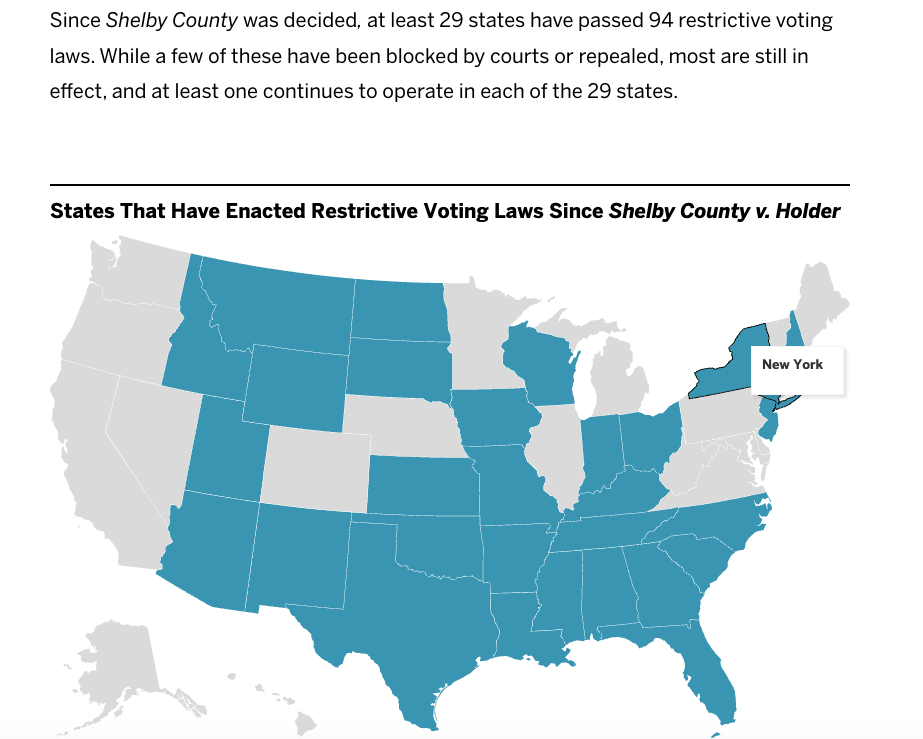
The Voting Rights Act
Enshrined into law in 1965
Which has now been summarily dismembered
by an evil leadership that pits American against American,
judging people not by the contact of their character
but the color of their statehouse.
And a president who says plainly that he is president only of those who voted for him
who bullies the courts, the universities and the press.
Who bludgeons Big Business and Big Law.
Who wants to gerry-rig elections if not end them entirely.
And yet all these institutions refuse to come together to confront him.
Like the farmers of Lexington and Concord,
The soldiers of Gettysburg and Bastogne
The donors of Live Aid
the volunteers of Oklahoma City and New Orleans
The suffragettes and labor strikers,
The sweat shop refugees,
The enslaved and the poets,
The optimists and the scientists
Those who stood up to the Pentagon over Vietnam
And to George Wallace over segregation
And to the America Firsters over isolationism.
And to an entrenched racism that refuses to go away
And a president who compares his political opponents to vermin
Americans have done it over and over again.
On campuses and at lunch tables
At the Lincoln Memorial and on TikTok
And now on Substack.
We’ve come together for just causes and to promote our core values.
WHY CAN’T WE DO IT NOW?
In fact,
We can.
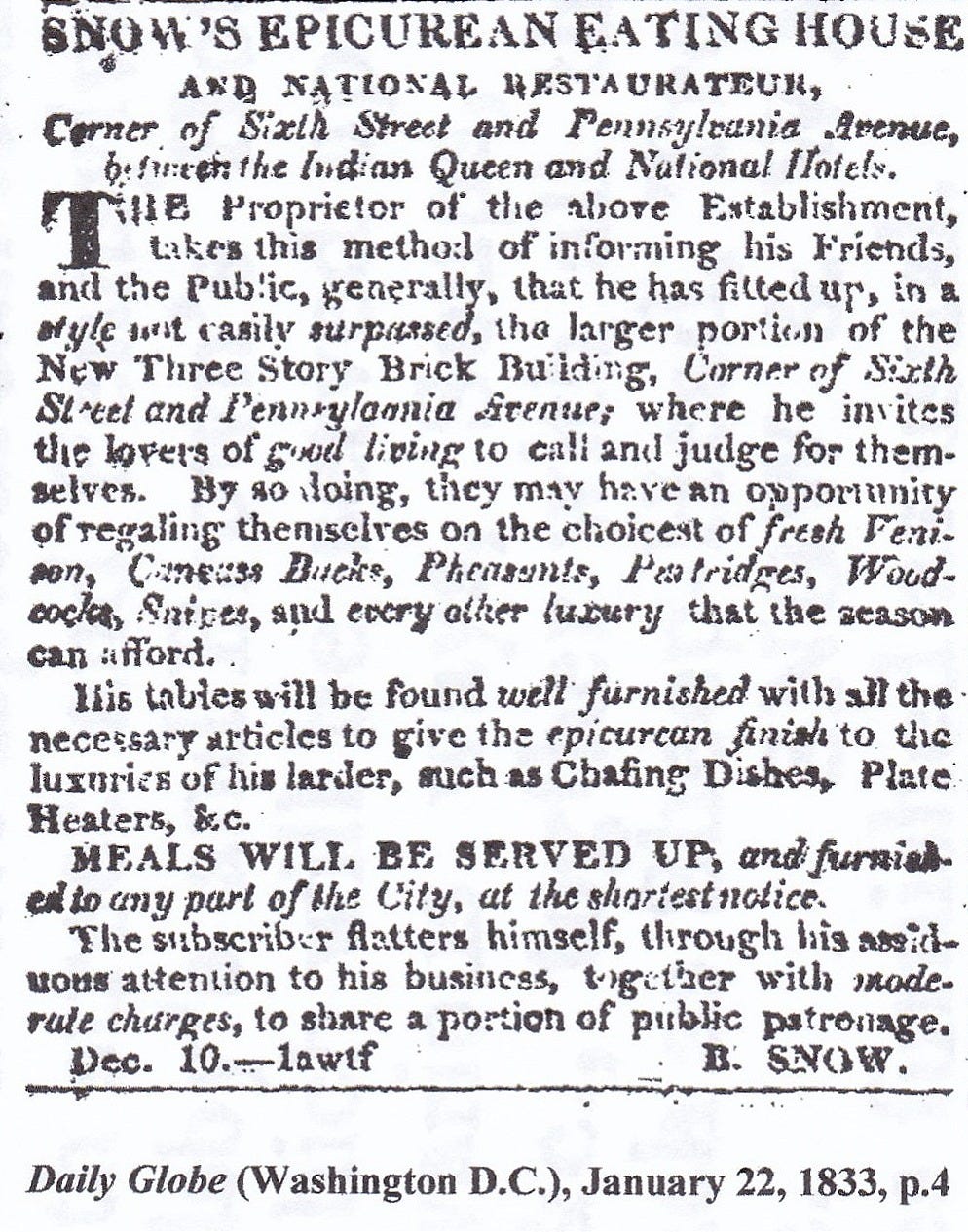
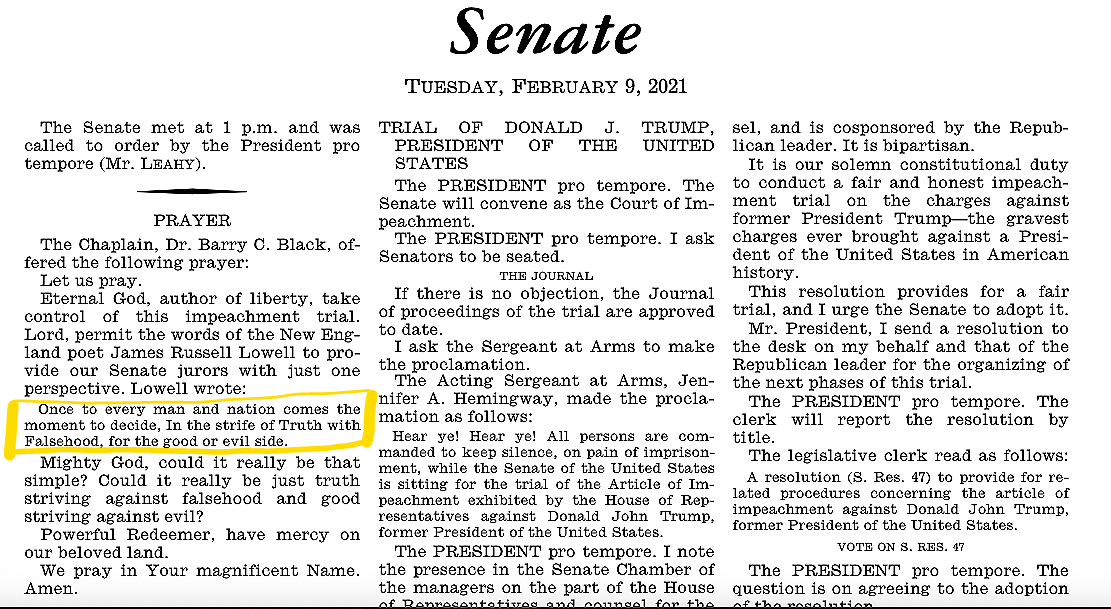
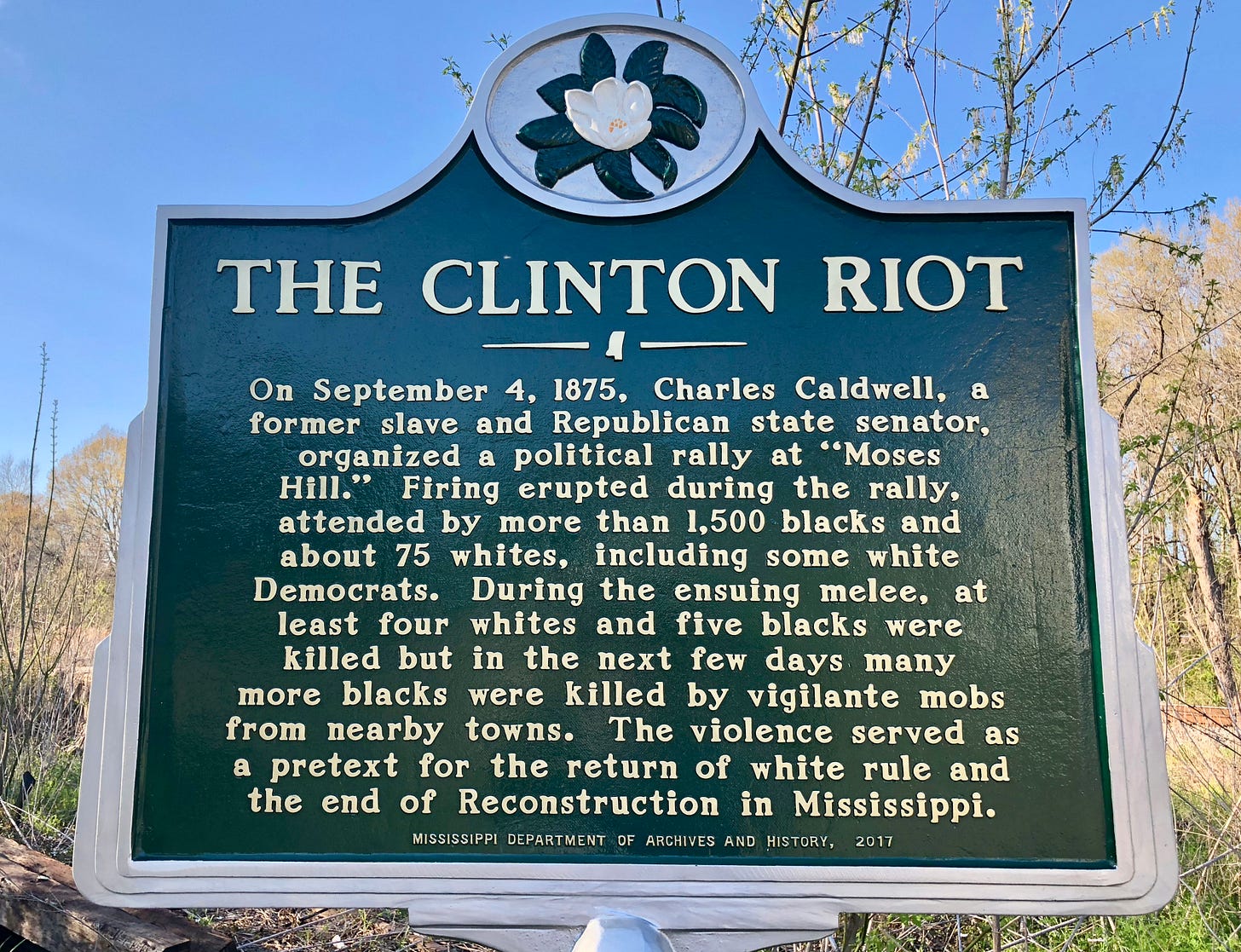
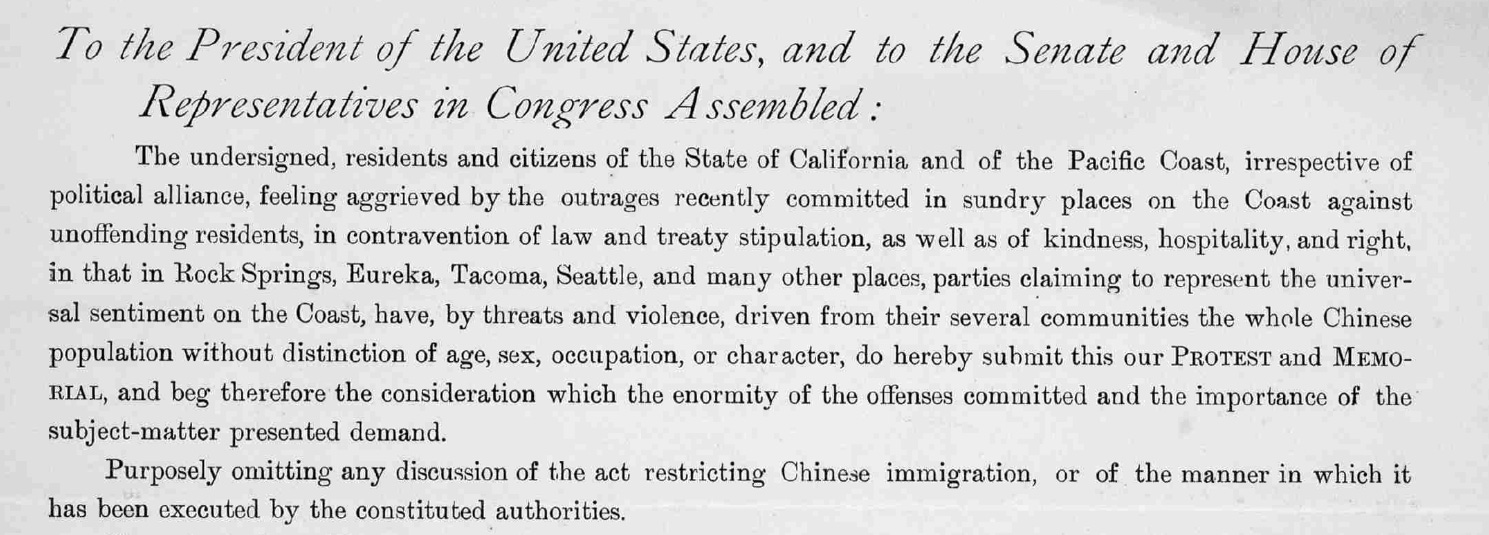



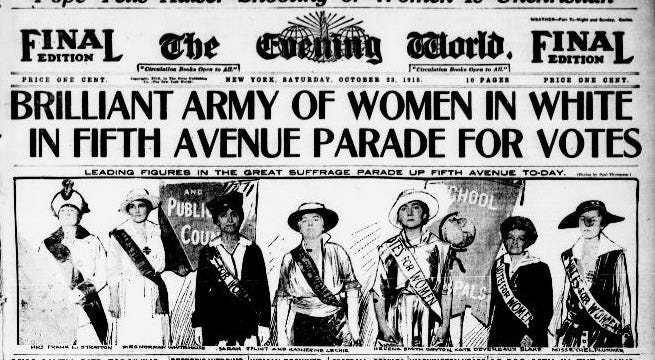
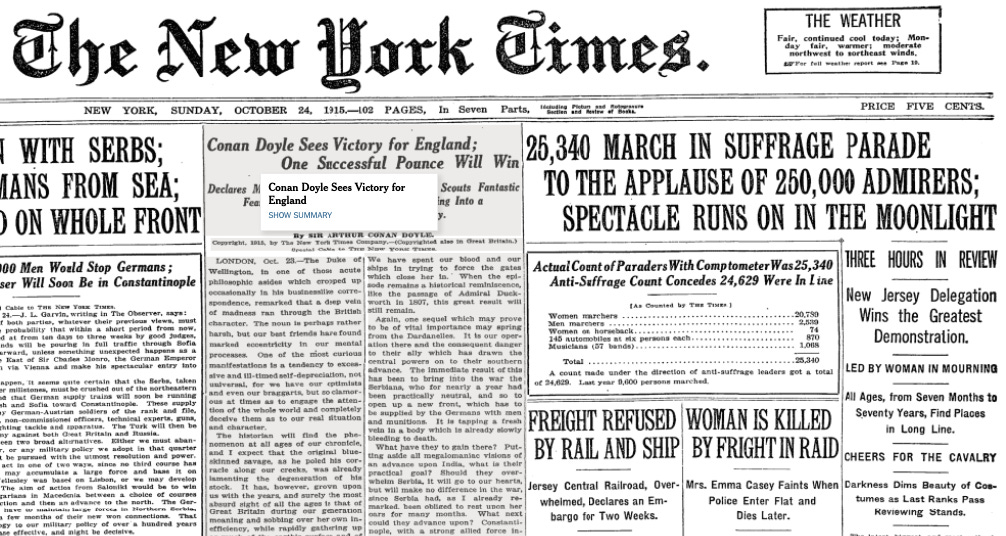
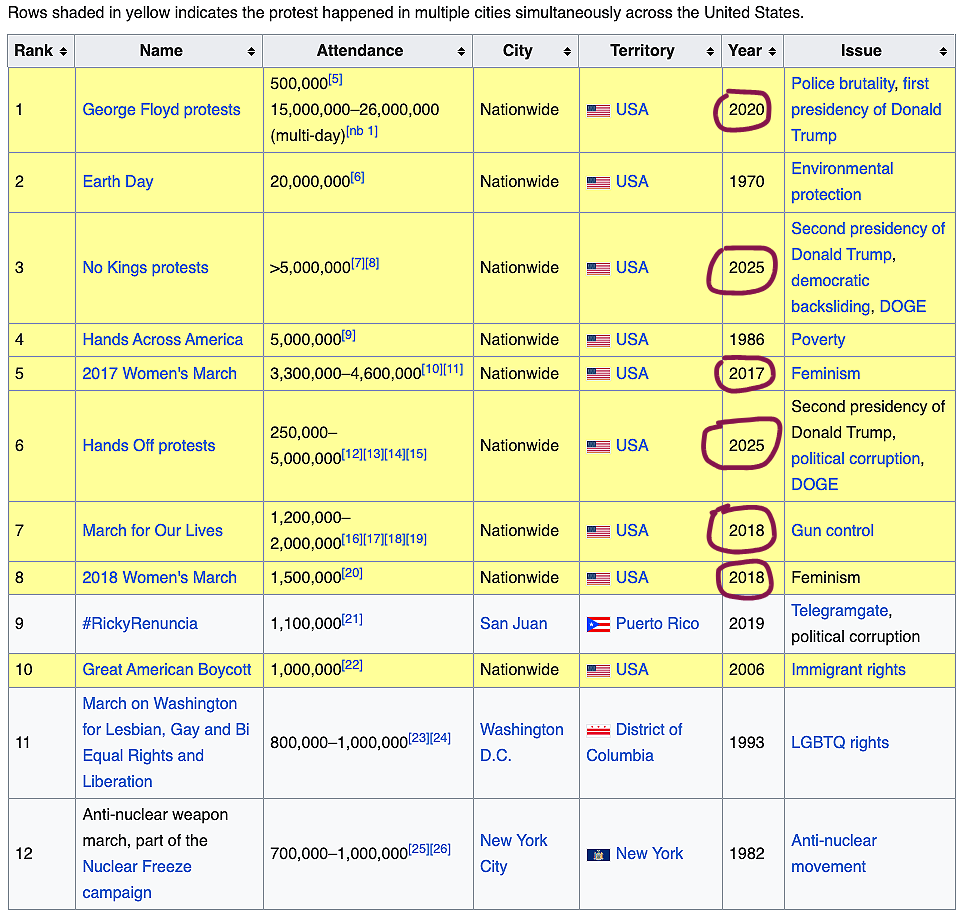
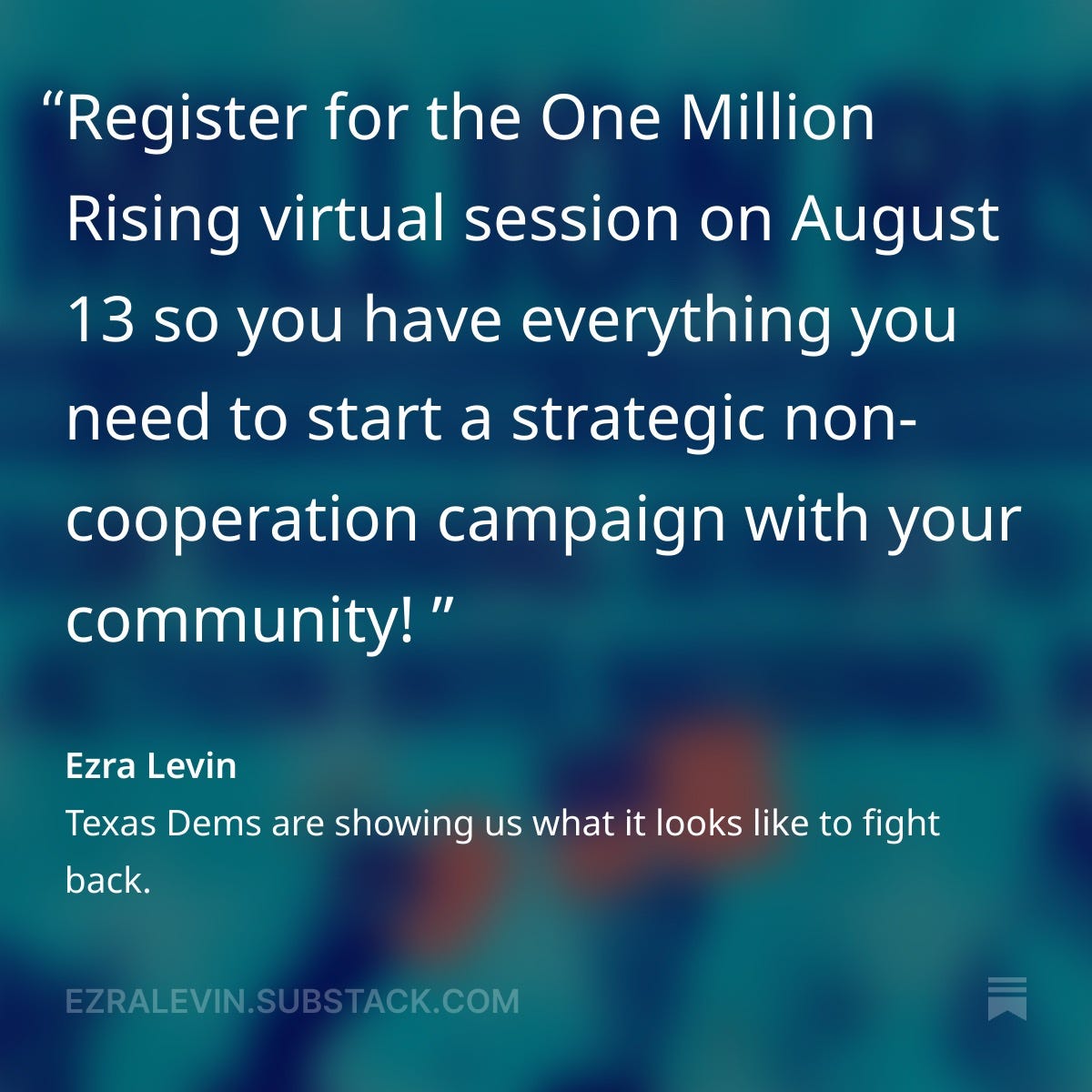
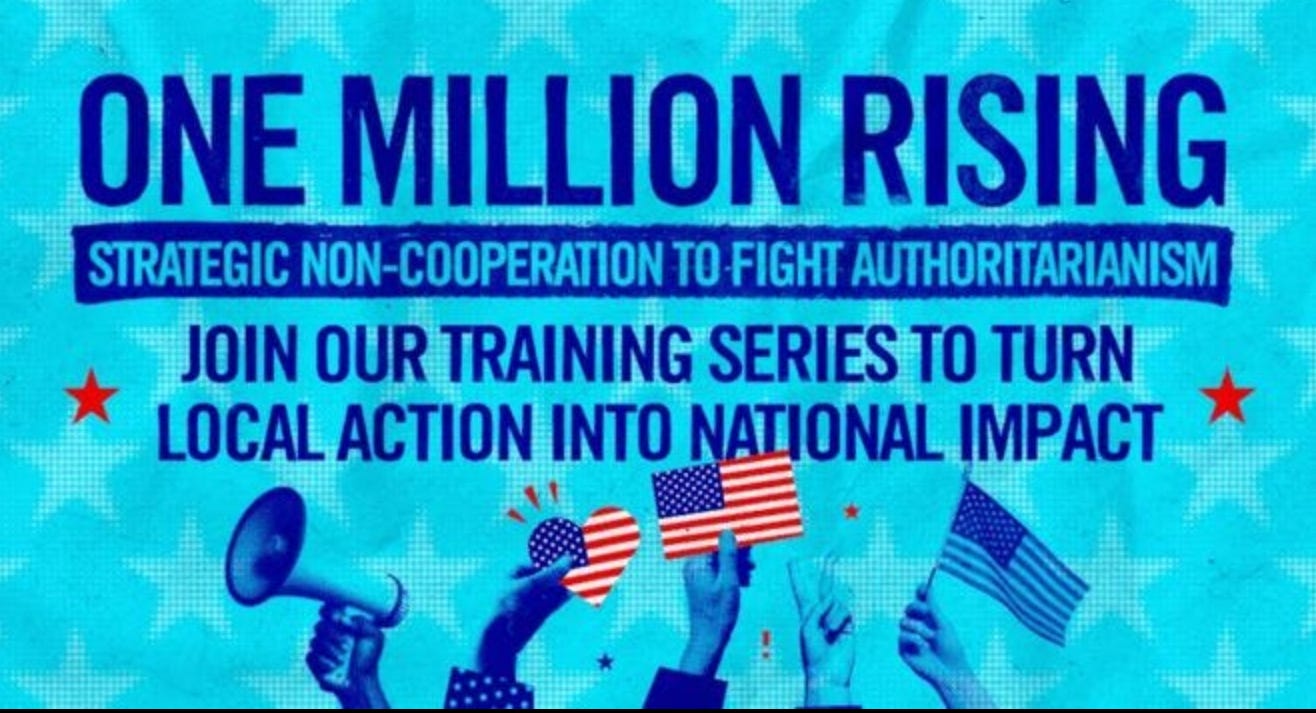
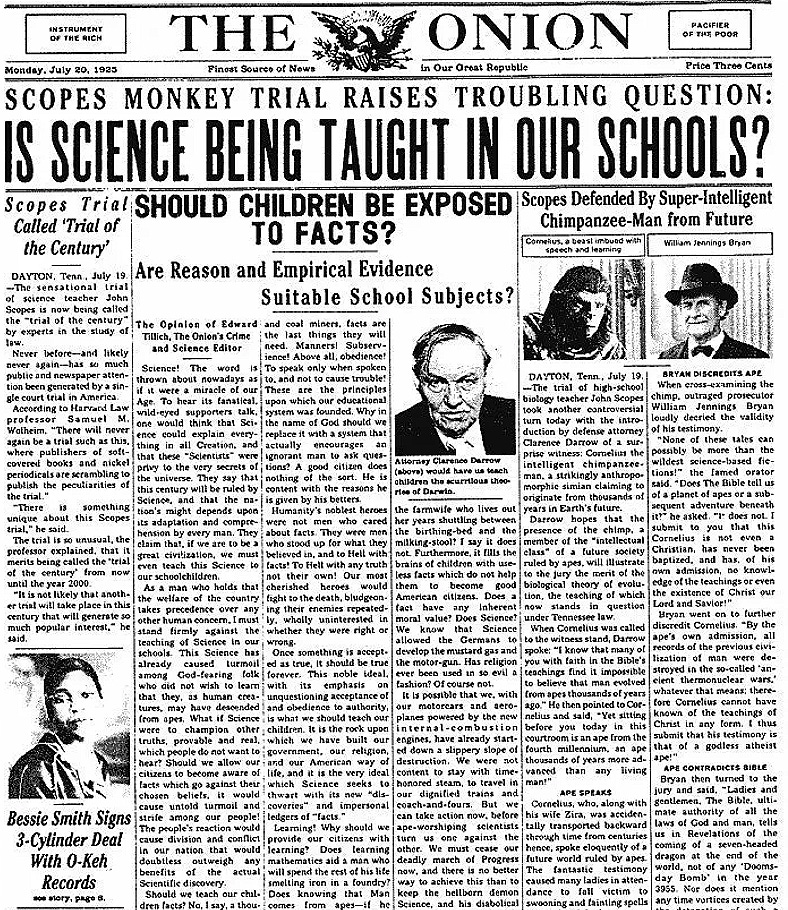
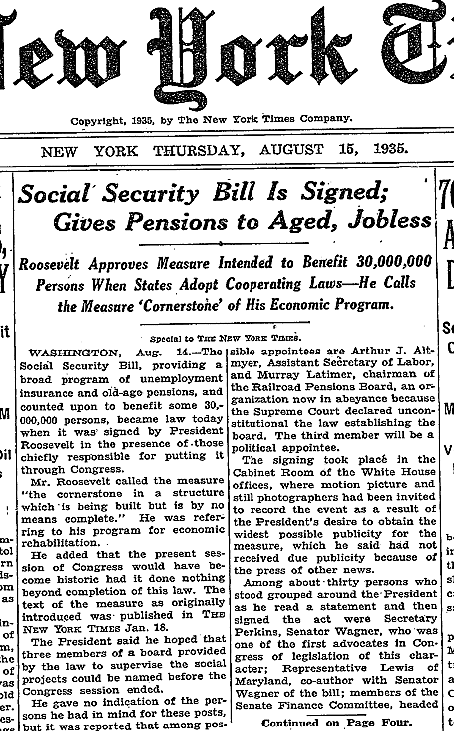

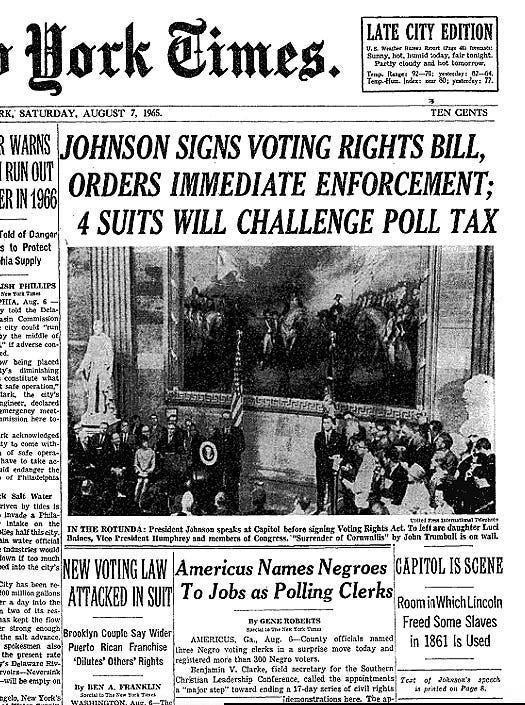
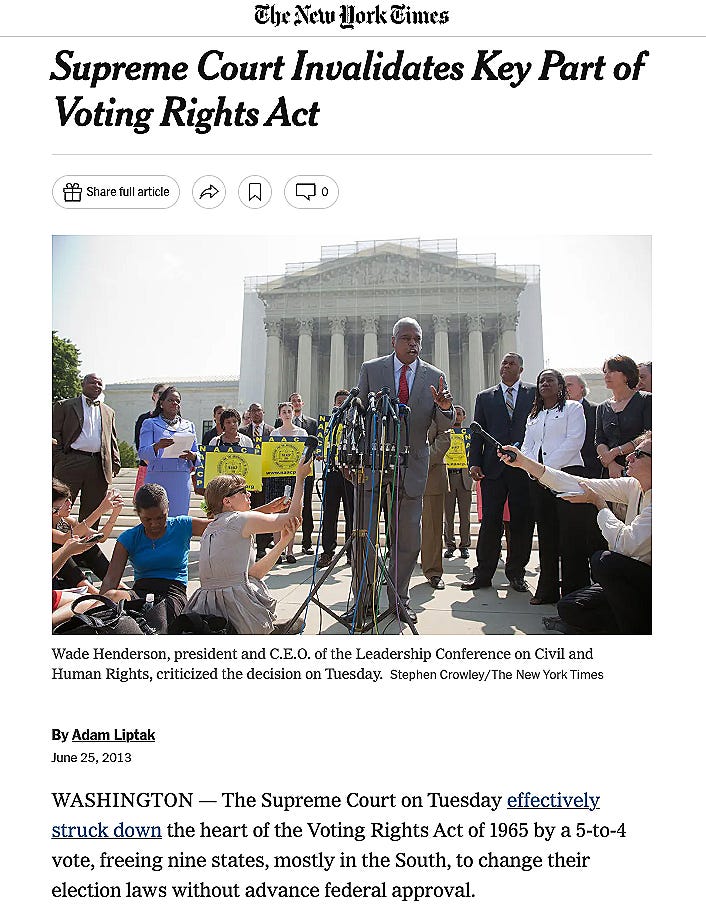
No comments:
Post a Comment